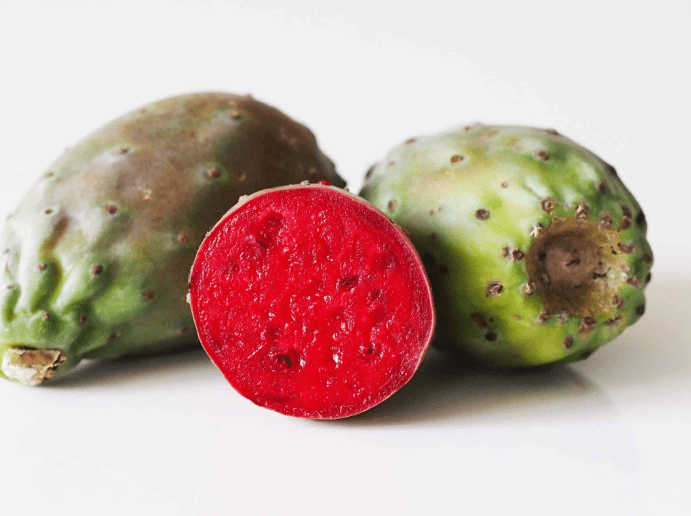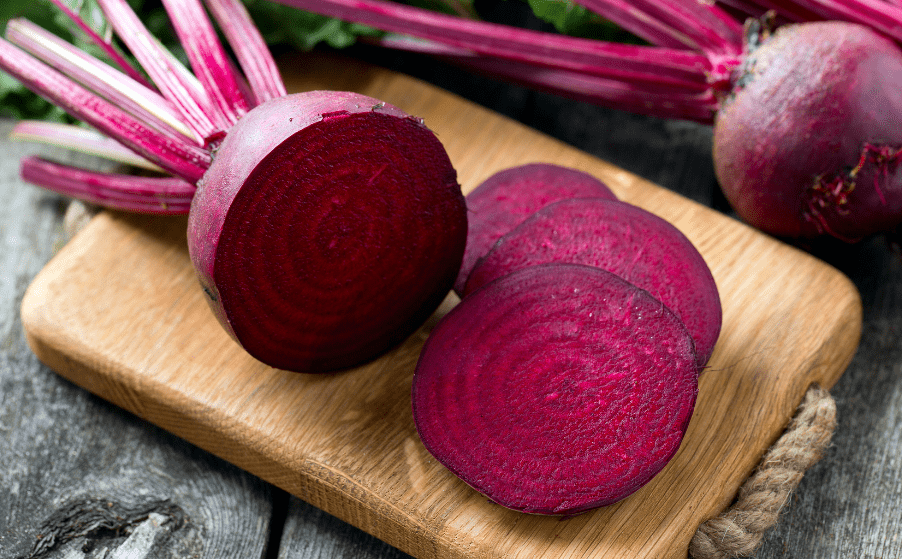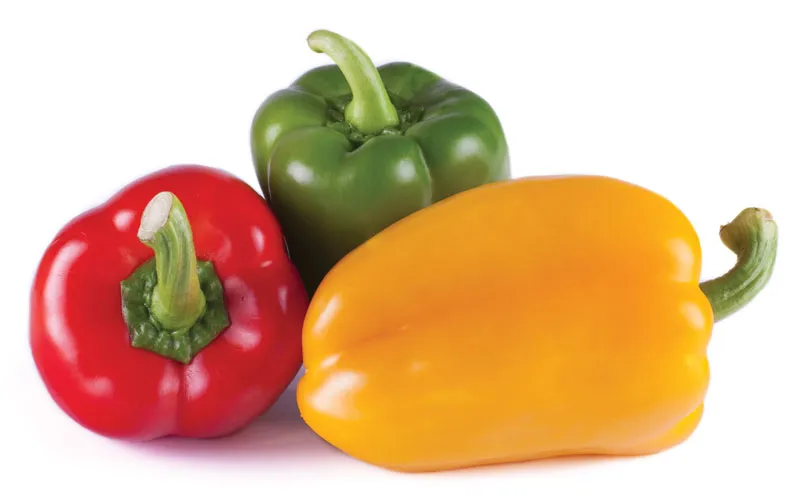
Description
The flowers of the prickly pear are bright yellow, 2 to 3 inches in diameter, and occasionally have a crimson center. Lime green, yellow, orange, and red are just a few of the fruit’s many colors; they are all natural variations and do not signify ripeness. Thick gloves are required while handling fresh prickly pears because they are covered in microscopic spikes called glochids.
Varieties
These are a few of varieties are listed below:
O. comressa, formerly known as Opunta humifusa: This kind of cactus, sometimes known as the eastern prickly pear, sprawls out and clings to the ground.
Opuntia microdasys ‘Albaspina’ This cultivar has white spines in tiny clusters and reaches a height of 2 feet.
Opunta aurea: Also known as the golden prickly pear, this plant blooms in the late spring or early summer with bright yellow flowers.
Opuntia fragilis: Also referred to as the brittle or delicate prickly pear.
Opunta macrohiza, also referred to as the plains prickly pear, blooms in June and July with light yellow petals and crimson centres.
Some species are strictly southern gardeners’ preferred outdoor plants:
One of the most stunning varieties of prickly pears is Opuntia santarita, often known as the Santa Rita prickly pear. It blooms with large yellow blossoms in the spring and has pads that alternate between light blue-gray and deep purple.
Opuntia aciculata: Known for its yellow and red spines, this decorative cactus is also known as the chenille prickly pear, old man’s whiskers, and cowboy’s red whiskers.
Opuntia basilaris: Also known as beavertail prickly pear, this species boasts rich purple-red blooms and silky pads.
Opuntia rufid: The ‘Purple’ cultivar of this species, which grows to a height of 6 feet and has pads with a purplish cast.

Uses
It is cut into sliced and cooked with additional ingredients, boiled or fried, or served raw in dishes like salads and salsas.
Nutrition
A serving size of one cup of uncooked cactus pear fruit contains:
61 calories
14.3 g of carbs
5.4 g of fiber
1.1 g of protein
Fat: 0.76 g
20.9 mg of vitamin C
0.119 mg of copper
127 mg of magnesium
Potassium intake: 328 mg
Cultivation
It is advised that cactus pear plants be sheltered for two to three years in order to grow into robust plants with powerful root systems. It is strongly advised to refrain from directly grazing on cactus (palatable plants with a high water content). Animals can easily kill the plant.
Table





